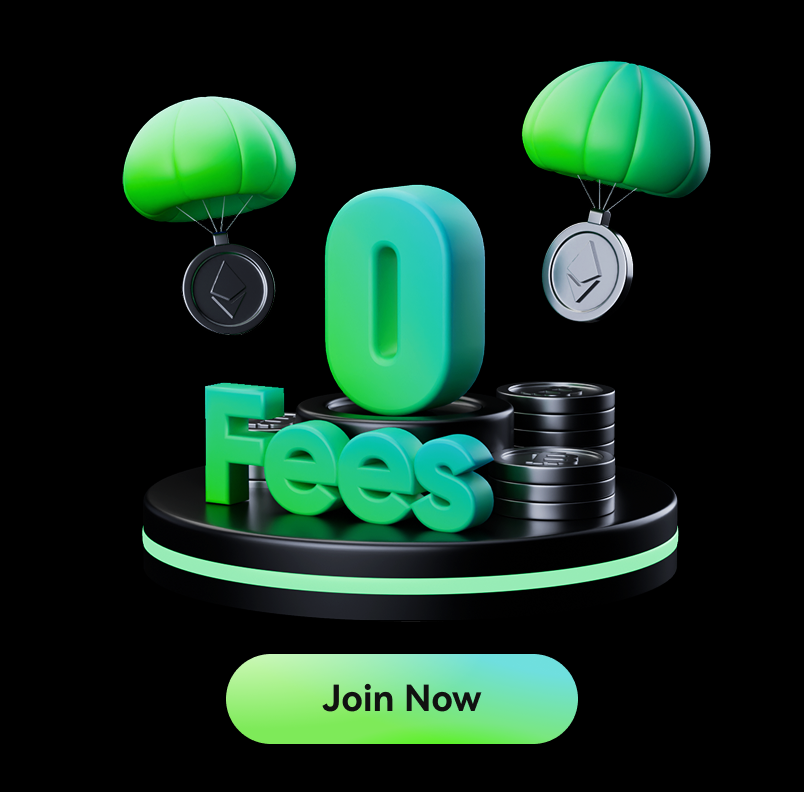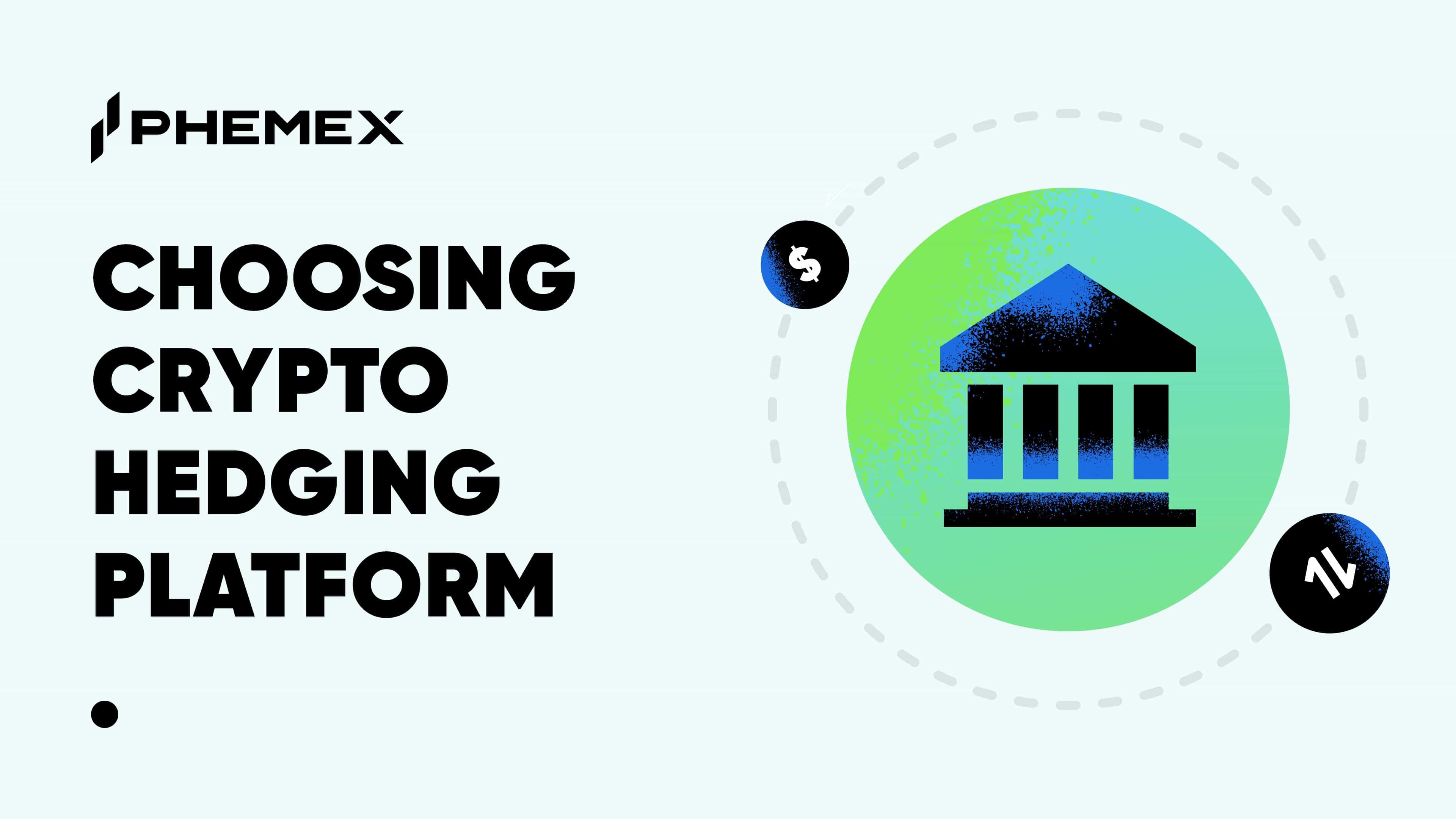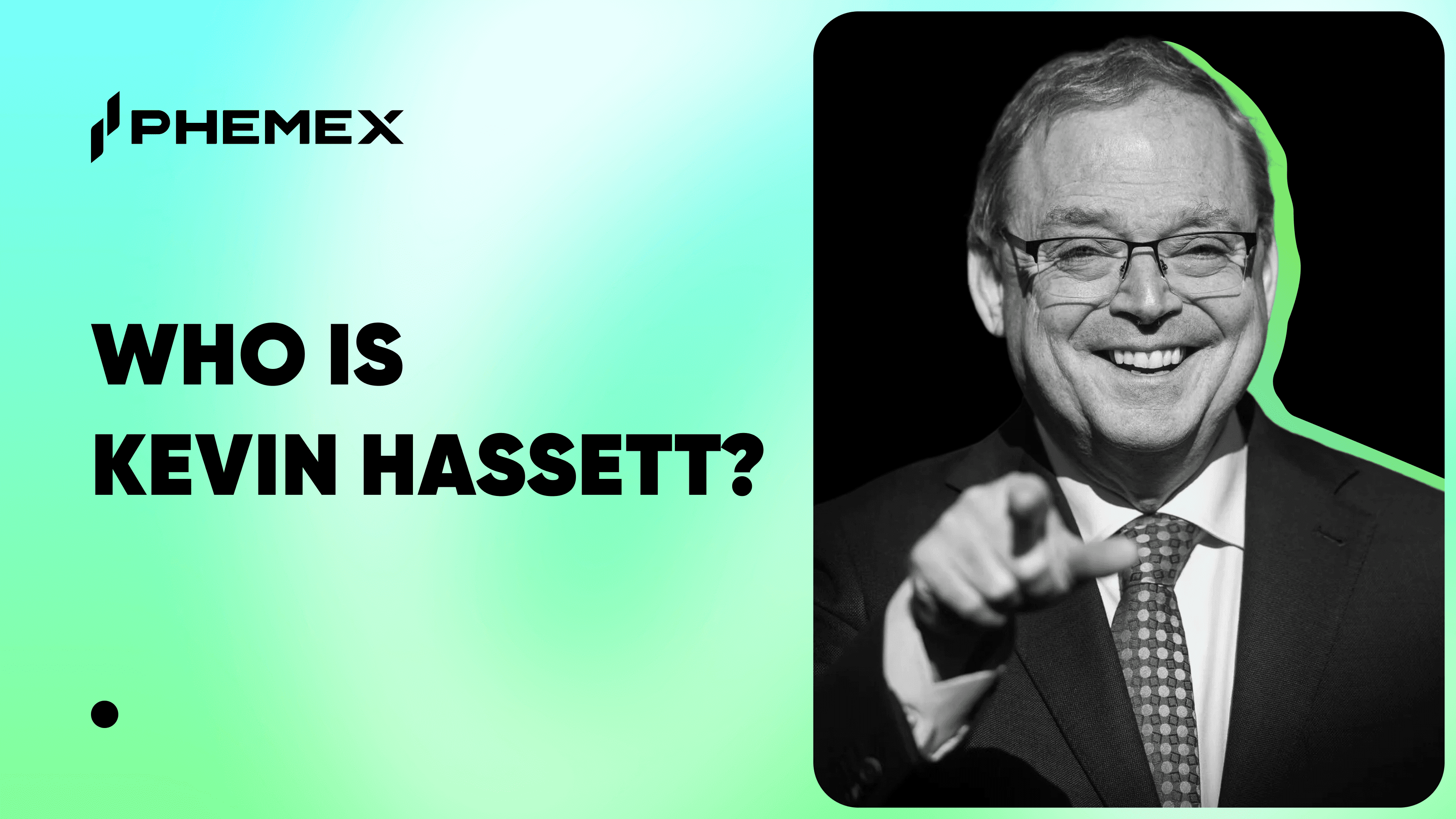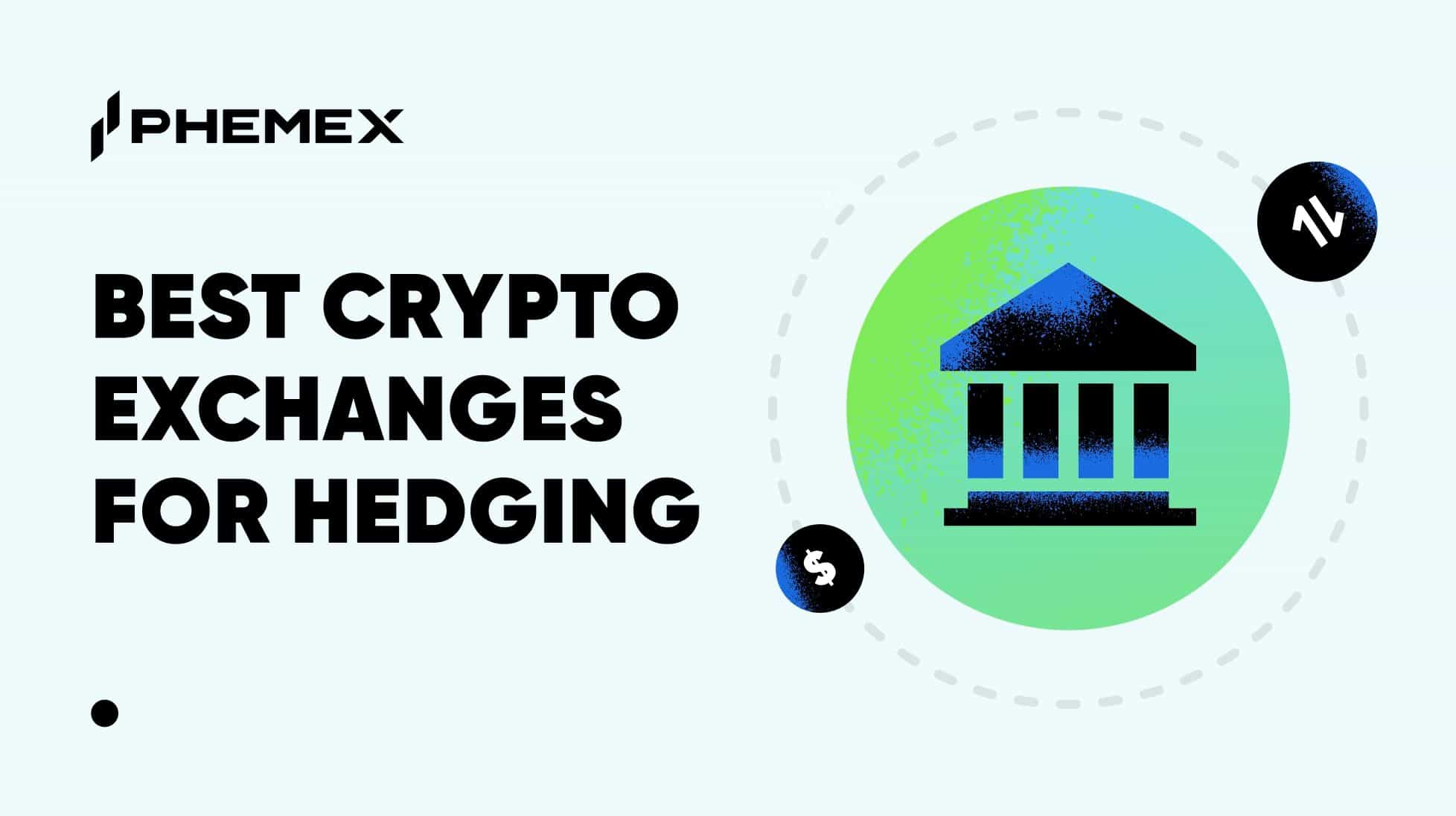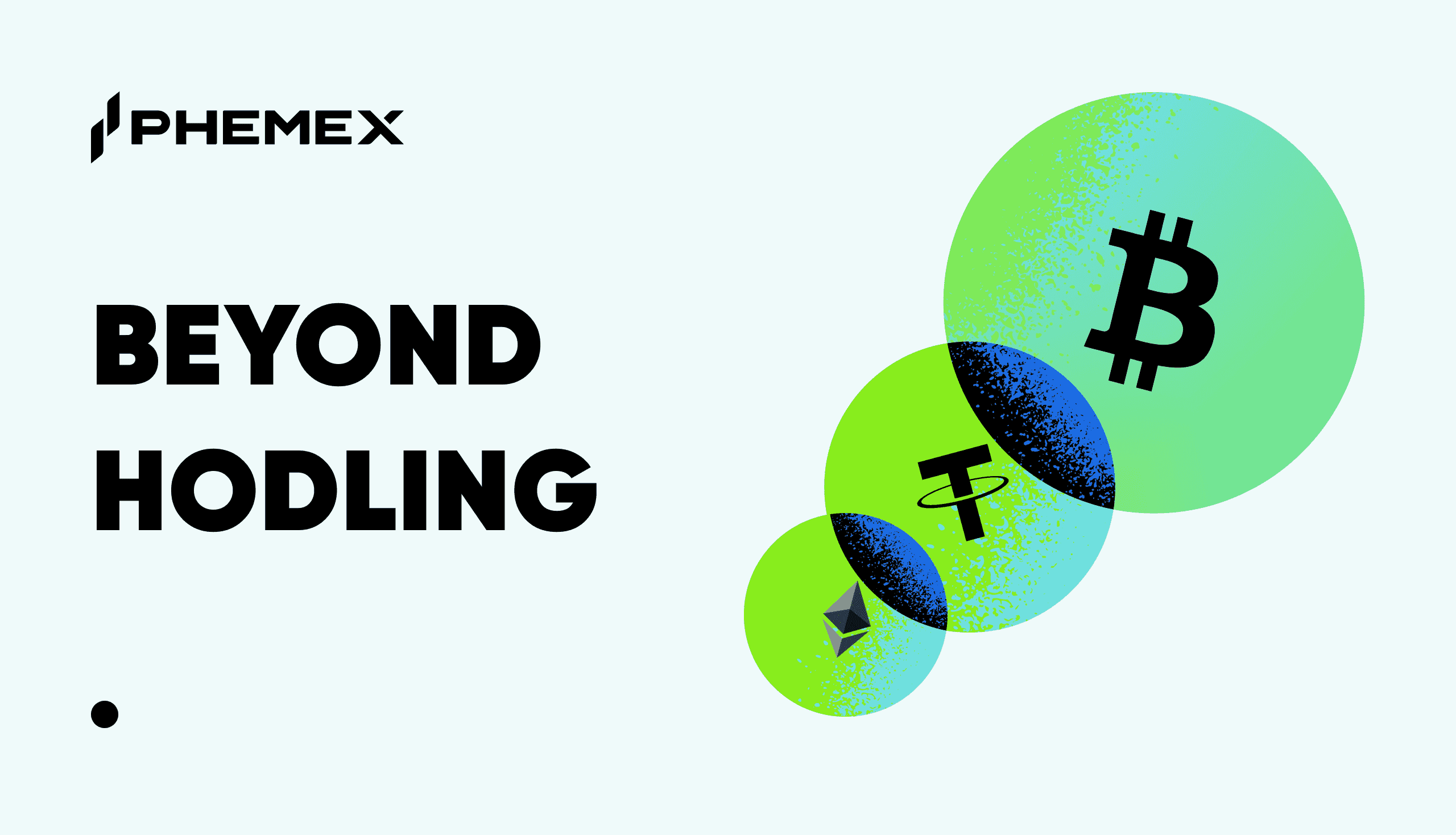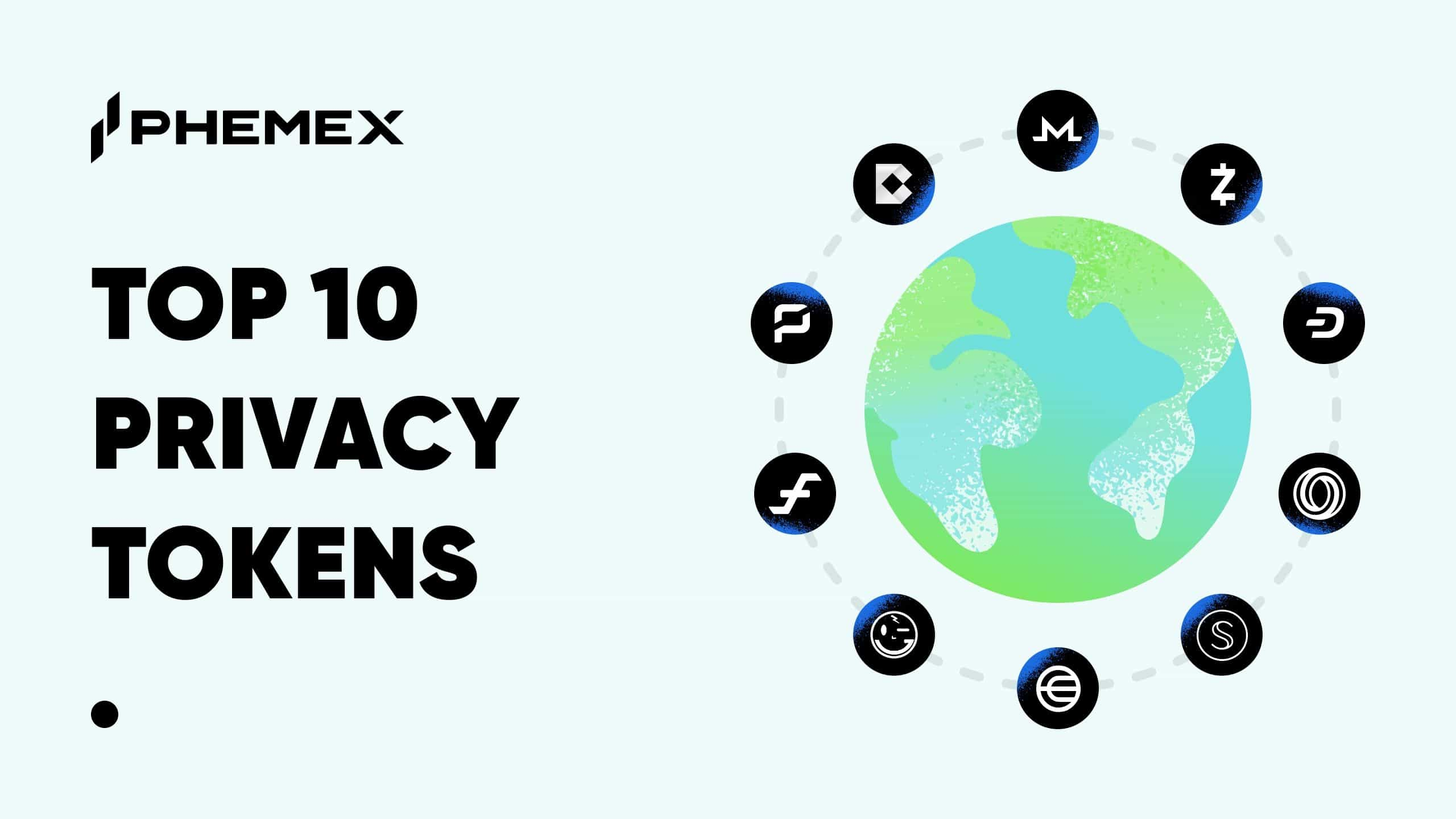Compare DOOD vs PENGU in this in-depth 2025 crypto investment guide. Discover the differences between Doodles’ creator-focused utility token and Pudgy Penguins’ community-driven PENGU, including tokenomics, adoption, and trading performance. Learn how to trade both on Phemex and decide which token suits your goals.
Summary
-
DOOD (Doodles): The native token of the Doodles NFT ecosystem, launched in May 2025 on Solana. It powers avatar customization, community governance, events, and an upcoming storytelling protocol called DreamNet. DOOD has a max supply of 10 billion with about 7.8 billion released via airdrop to Doodles holders and partner communities. Its goal is to fuel a creative, community-driven universe, not just serve as a reward token. DOOD is tradable on Phemex.
-
PENGU (Pudgy Penguins): The ecosystem token of the Pudgy Penguins NFT collection, launched in December 2024 on Solana. Created by a once-“failed” cute PFP project turned blue-chip NFT brand under new leadership, PENGU was airdropped to holders (23.5% of 88.8 billion supply) and other community members. It aims to extend the Penguins’ reach to a broader audience and reward its vibrant community. PENGU’s launch catapulted Pudgy Penguins NFTs to record values. PENGU is also tradable on Phemex.

Source: DeCrypt
What Is DOOD?
Imagine a pastel-hued universe where a stick-figure unicorn on a skateboard can become a cultural icon – that’s the magic of Doodles. This 10,000-piece NFT collection, launched in October 2021, built a loyal community around playful art and positive vibes. Doodles holders weren’t just collectors; they became participants, voting on project proposals and shaping the brand’s future from early on. Now, in 2025, Doodles has translated that community spirit into a cryptocurrency: DOOD.
DOOD is the official utility token of the Doodles ecosystem, envisioned as the currency of creativity within this whimsical world. Launched in May 2025 on the Solana blockchain, DOOD fuels everything from buying digital wearables to voting in the Doodles DAO governance. In other words, if the Doodles universe were a theme park, DOOD would be the tickets, the tokens for the games, and a stake in the park’s ownership all at once. The token is deeply integrated with Doodles 2 – a new, customizable NFT experience – and the broader DreamNet protocol, which is an ambitious platform for decentralized, AI-driven storytelling.
From a technical standpoint, DOOD has a fixed supply of 10 billion tokens. At launch, roughly 43% of that supply was allocated to the community via airdrops: 30% to existing Doodles NFT holders and 13% to select “New Blood” partner communities on Solana. This wide distribution echoes Doodles’ ethos of inclusivity – giving newcomers a stake alongside the faithful OG holders. An Ecosystem Fund holds another ~25% for future rewards and creative grants, while the remaining tokens are reserved for the team, advisors, and liquidity needs. Notably, DOOD’s tokenomics are designed to be moderately deflationary over time: portions of tokens spent on in-app purchases are burned, and staking features encourage people to lock up tokens in exchange for exclusive perks. This approach seeks to curb inflation and reward long-term believers rather than short-term speculators.
What Is PENGU?
The story of Pudgy Penguins is the stuff of crypto legend – a true comeback tale. Back in 2021, Pudgy Penguins debuted as 8,888 adorable cartoon penguin NFTs on Ethereum, each with its own outfit and attitude. They quickly amassed a devoted following drawn to the collection’s wholesome charm. But early 2022 brought controversy: allegations that the original founders misused funds cast a shadow over the project. Enter Luca Netz, an entrepreneur and die-hard Pudgy fan who swooped in to buy out the floundering project for 750 ETH (around $2.5M) in April 2022. Under Netz’s leadership as CEO, Pudgy Penguins not only survived – they thrived. The new team secured licensing deals to turn the cute NFT penguins into physical toys sold in Walmart and Amazon, bringing blockchain characters to kids’ bedrooms worldwide. They also raised $9M in venture funding to expand the brand. By late 2023, Pudgy Penguins had become a crossover cultural phenomenon, racking up over 50 billion social media views and millions of followers, far beyond the usual crypto circles.

Source: CoinDesk
Against this backdrop of resurging popularity, Pudgy Penguins launched its much-anticipated token, PENGU, in December 2024. PENGU is the official ecosystem coin of the Pudgy Penguins universe – a Solana-based token created to give the community new ways to engage and share in the brand’s success. And maximize excitement they did – mere news of the planned token drop sent the Pudgy Penguin NFT floor price soaring past $100,000 (≈34 ETH) in late 2024, briefly making Pudgies the second-most valuable NFT collection after CryptoPunks. The token went live on Solana on December 17, 2024 amid a flurry of trading and social media buzz. In the first hour, PENGU saw ~$90 million traded and initially hit a market cap around $2.3 billion (fully diluted). For a moment, these playful Penguins commanded one of the top 100 spots in all of crypto by market size.
Where Doodles have DreamNet and an artist-first mission, Pudgy Penguins have a more meme-powered, mass-market approach. The Penguins brand leans into cute memes and feel-good vibes, which helped it cross into mainstream retail. PENGU capitalizes on that momentum – it’s as much a social token as it is a crypto asset. And like DOOD, PENGU is also tradable on Phemex, meaning interested traders who missed the airdrop can easily buy in. With high trading volumes from day one, PENGU has proven it can capture the market’s attention. The real question is whether it can hold it and build lasting utility now that the initial hype flurry has settled.
Key Similarities between DOOD and PENGU
Both DOOD and PENGU may hail from different “tribes” (one doodled in rainbow colors, the other clad in a tuxedo and beanie), but as crypto investments they share several similarities:
-
NFT Heritage: Each token is born from a popular NFT collection. DOOD extends the Doodles universe, and PENGU is the coin of the Pudgy Penguins. In both cases, the tokens were introduced to leverage the strength of an existing community and brand. These aren’t random meme coins; they’re backed by established NFT IPs with passionate followings.
-
Community Airdrops: Both projects chose to airdrop a huge portion of tokens to their communities, rather than do a traditional ICO or sale. Doodles gave 43% of DOOD to Doodles holders and allies, while Pudgy Penguins airdropped 23.5% of PENGU to its holders (and allocated additional tokens to wider communities). This reward-the-community-first approach means both tokens had a decentralized distribution from day one, aligning with the Web3 ethos.
-
Solana Launchpad: Interestingly, both DOOD and PENGU launched on the Solana blockchain – a choice that surprised some, given their NFT collections originated on Ethereum. The rationale was similar: Solana’s high throughput and low fees make it ideal for onboarding masses of users and handling many micro-transactions. By starting on Solana, both projects lowered the friction for trading and using the tokens (no one wants to pay $20 just to customize an avatar or play a mini-game). Both teams plan to bridge the tokens to Ethereum Layer-2 networks later, ensuring they can interact with the broader DeFi and NFT ecosystem on Ethereum as well.
-
Utility in Ecosystem: DOOD and PENGU are utility tokens at heart. They aren’t designed merely as memes or speculative instruments (even if speculation is inevitable); they have roles in their respective ecosystems. DOOD unlocks features in Doodles’ games, events, and governance. PENGU is poised to be used in Pudgy Penguins’ gaming platform and potentially for purchasing merchandise or participating in community initiatives as the project grows. In both cases, holding the token gives you a closer relationship with the brand – be it voting on a Doodles DAO proposal or getting early access to Pudgy Penguins’ next toy drop.
Major Differences between DOOD and PENGU
While they share some common themes, the differences between Doodles’ DOOD and Pudgy Penguins’ PENGU are pronounced. From technology and purpose to community culture and market behavior, these two tokens chart their own courses. Let’s break down the key distinctions in several areas:
Technology & Ecosystem Focus
DOOD and PENGU may run on the same blockchain initially, but their technological ambitions diverge. DOOD is deeply intertwined with Doodles’ tech roadmap. The Doodles team isn’t just dropping a token; they’re launching a whole platform (DreamNet) for collaborative storytelling where DOOD tracks and rewards creative contributions. It’s also noteworthy that Doodles experimented with multiple blockchains: their Doodles 2 avatars were launched on Flow, and now tokens on Solana, with plans to bridge to Base (Ethereum L2).
PENGU, on the other hand, is currently more straightforward. It launched solely on Solana and will later extend to Ethereum via an L2 called Abstract (developed by Pudgy’s parent company). Instead of pioneering new protocol tech, Pudgy Penguins’ focus has been on bridging physical and digital worlds. For example, each Pudgy toy comes with scannable codes linking to NFTs. PENGU fits into this strategy by potentially becoming the loyalty currency that spans those realms – from buying a plush penguin for your kid to earning tokens in an online game.
Transaction Speed & Fees
When it comes to transaction speed and fees, there’s not a huge gulf between DOOD and PENGU – and that’s by design. Both tokens chose Solana for their launch precisely because it offers high-speed transactions (400ms blocks) and negligible fees, which are crucial for their use cases.
That said, we can tease out some differences. DOOD’s future on Base (an Ethereum Layer-2) means it will tap into the security of Ethereum while still enjoying low fees. Base is built on Optimistic Rollup tech, which is quite fast and cheap as well. PENGU’s future on Abstract, the planned Ethereum L2 for Pudgy Penguins, is a bit more of an unknown – Abstract is a custom solution, supposedly also aiming for low fees and high throughput. In effect, both tokens are embracing multi-chain strategies to ensure smooth and affordable transactions, but Doodles is leaning on an existing solution (Base) whereas Pudgy Penguins are crafting a bespoke one (Abstract).
Adoption & Community
Here’s where personality really shines through: the communities and adoption trajectories of Doodles vs Pudgy Penguins have distinct flavors. Doodles cultivated an image of a trendy art collective – its community is often associated with creative professionals, artists, and NFT connoisseurs who appreciate the brand’s aesthetic and innovation. Doodles holders famously had early say in project decisions, which built a sense of co-ownership.
Pudgy Penguins, by contrast, have pulled off something remarkable: they went from a potentially forgotten PFP project to arguably the most mainstream-friendly NFT brand out there. Under Luca Netz’s leadership, Pudgy Penguins leaned hard into feel-good community building. They transformed their social media presence, making Pudgies go viral on TikTok and Instagram (hence those 50B views). They also smartly packaged the IP into toys and merchandise that regular families can buy at Walmart, effectively onboarding kids (and their parents) into the Pudgy universe without even realizing it’s a Web3 project.
Performance & ROI Comparison
To compare DOOD and PENGU performance, we need to look at how each has fared in terms of price action, returns, and market sentiment since their launches. Keep in mind these are very young tokens, so “Year-to-Date” or “1-year” horizons are short. But even in a matter of months, a lot has happened:
PENGU’s Rollercoaster: PENGU launched in late 2024 with intense hype. If you were lucky enough to receive the airdrop as a Pudgy NFT holder, your cost basis was essentially zero – a pure bonus. Initial trading saw PENGU’s price spike to levels implying over a $2 billion market cap. Inevitably, early holders took profits and the price corrected sharply – by over 50% within 24 hours. In fact, history shows a cautionary tale: PENGU dropped nearly 82% from its peak shortly after launch as the market digested the new supply. By January 2025, the dust settled and PENGU was hovering around the $0.01–$0.02 range. Year-to-date 2025, PENGU has seen both surges and pullbacks.
Source: Phemex
-
DOOD’s Early Days: DOOD’s market journey is much shorter. It launched on May 9, 2025, so we’re literally looking at just days or weeks of performance. There was significant anticipation in the NFT community prior to launch – some thought DOOD could debut with a similar bang to PENGU. In fact, analysts at NFT Evening speculated DOOD might open around $0.07–$0.10 (implying a ~$1B valuation) if it followed PENGU’s model. Reality turned out more muted. DOOD actually debuted around $0.0075 on exchanges. Why so low? Partly because the Doodles team distributed a large portion of tokens (so the circulating supply was high, ~7.8B, right at launch), and partly because the wider market wasn’t as frothy as during PENGU’s debut.
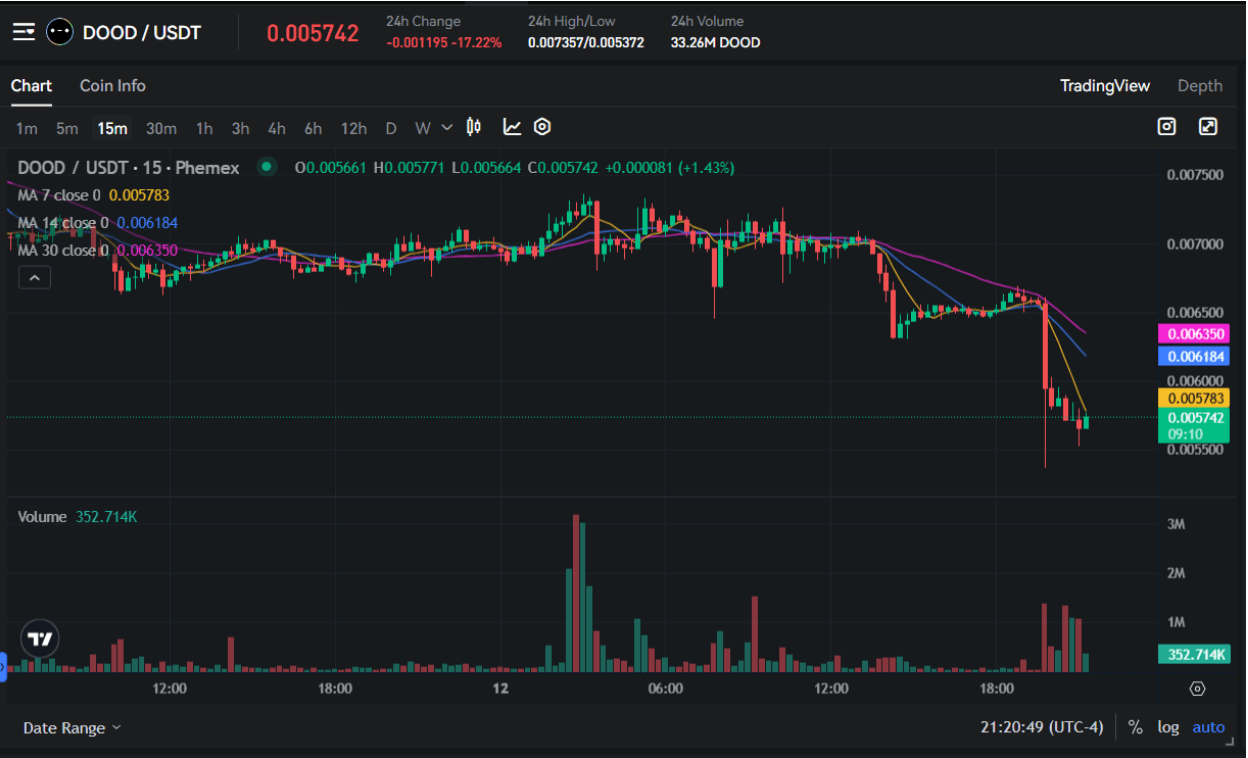
Source: Phemex
How to Buy & Trade DOOD and PENGU on Phemex
Both DOOD and PENGU are live now on Phemex, so you can access fast and convenient trading without needing a DEX or bridge.
-
Sign Up: Create an account on Phemex and complete KYC.
-
Fund Your Account: Deposit USDT or use fiat on-ramp.
-
Search Markets: Use the Phemex app or site to find DOOD/USDT and PENGU/USDT.
-
Place Orders: Choose market or limit orders based on price strategy.
-
Monitor or Withdraw: Store on Phemex or withdraw to a Solana wallet like Phantom.
-
Trade Futures (Optional): Use leverage to long or short DOOD and PENGU.
DOOD or PENGU - Which One Should You Choose?
With both DOOD and PENGU shining in their own ways, you might be asking, which is better: DOOD or PENGU? The truth is, there’s no one-size-fits-all answer. Are you more of a storyteller and creator, excited by Doodles’ vision of an interactive media universe? If so, DOOD might resonate with you. On the other hand, maybe you identify with the community-centric, heartwarming meme culture that Pudgy Penguins embodies. PENGU could be your pick if you love the idea of being part of one of the friendliest, most exuberant clubs in crypto.
PENGU has a larger market cap now and a wider holder base. This could mean it’s relatively more stable and less likely to go to zero, but it also might not have the same potential 10x upside that smaller tokens could if they succeed. DOOD, being newer and smaller, could have more room to grow. However, smaller projects can also struggle to gain traction.
If you are a short-term trader, you might simply ride whichever token has momentum at a given time, and that could switch back and forth. In a bull run, PENGU’s huge community might spark quick rallies, while in anticipation of a Doodles product release, DOOD could have its day. Conversely, if you’re a long-term investor, you’ll want to choose the project you have more conviction in.
In the stylish showdown of DOOD vs PENGU, there’s no clear-cut winner – but that’s exactly what makes the crypto space so vibrant in 2025. Each token represents a pioneering step for NFT-born communities entering the world of fungible crypto assets. Doodles’ DOOD invites you into a future where art, gaming, and narrative merge, and holding the token is like a VIP pass to a creative carnival. Pudgy Penguins’ PENGU offers a stake in a heartwarming movement that has bridged crypto and mainstream culture, proving that even in a digital age, a cute penguin can capture hearts globally and translate hype into tangible value.
(Disclaimer: This isn’t financial advice. Both DOOD and PENGU are risky investments in a volatile market. It’s essential to research thoroughly and perhaps consult a financial advisor if you’re unsure. Ultimately, the “better” investment is the one that fits your goals and risk tolerance.)

